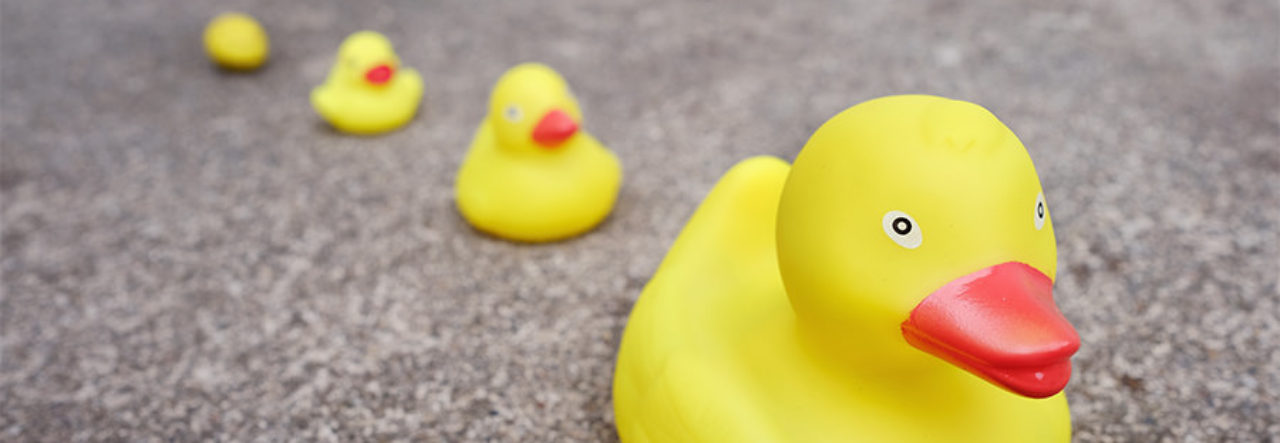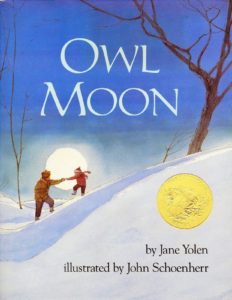Fireworks
Author: Matthew Burgess
Illustrator: Cátia Chien
13 May 2025
Clarion Books
44 pages
Book description from Goodreads: “POP! As a hot day sizzles into evening, everyone on stoops and sidewalks looks skyward on this special summer night—the Fourth of July! Words and art blossom into flowers of fire across the sky, making this a perfect read for firework enthusiasts in cities and suburbs everywhere. POP! POP!”
Need some reviews of Fireworks?
As a special bonus, here’s a page at the author’s website which has a book trailer for this book, along with multiple interior pages. Enjoy!
www.matthewjohnburgess.com/fireworks
Reading Activities inspired by Fireworks:
- Before Reading–From looking at the front cover:
- What words come to mind when you think about fireworks?
- What time of year do you think this book takes place? What makes you think that?
- Do you enjoy loud celebrations, or do you prefer quiet ones? Why?
- What do you notice about the art style on the cover? How does it make you feel?
- What questions would you like to ask the author or illustrator before reading the book?
- After Reading–Now that you’ve read the story:
- What are some of the things the children do while waiting for the fireworks?
- How does the author use sounds in the text to make the day come alive?
- How does the illustrator show the heat of the day? What changes when night falls?
- What moment felt the most exciting to you? Why?
- What do you think the characters mean when they say they’re “tucked in with summer on our skin”?
- What made the rooftop fireworks feel so special after such a busy day?
- Would you like to spend a day like this? Why or why not?
- Would you recommend this book to a friend? What part would you tell them about first?
- Rooftop View Drawing
The children in Fireworks climb to their rooftop to see the sky light up. Imagine you’re doing the same. What would your rooftop view look like—buildings, bridges, trees, birds, stars? Use crayons, pastels, or paint to create your own “rooftop moment,” just before the first firework explodes. - Boom! Pop! Swish!: Sound Words Game
This book is filled with onomatopoeia—words that sound like the thing they describe. Make a list of all the sound words you remember from the story. Then come up with your own sound words for other things: splashing in a pool, biting into a Popsicle, or jumping on the sidewalk. Can your friends guess what you’re describing just from the sounds? - City Summer Scavenger Hunt
Make a list of small details the book celebrates—like a fire hydrant spray, a saxophone, the smell of something cooking, or bright pink flip-flops. Then go outside with an adult and try to spot your own version of a city summer. Take photos or draw what you find and label them with your own poetic lines. - Watermelon Words
One of the best parts of the day in Fireworks is sitting down to eat sweet, juicy watermelon. Pretend you’re writing a poem just about that one moment. How does it taste? Feel? Sound? Smell? Use sensory words and bright colors to create a “watermelon moment” poem or mini book. - Music in the Air: Dance Story
In the park, the kids hear music and can’t help but dance. Think of a song that makes you want to move. Create a short story or comic showing a character dancing through the city. Where do they go? Who do they see? Let the rhythm lead the way! - Books, Books, and More Books! Check out these real-world picture books that celebrate summer, city life, and the joy of everyday magic:
Apple Pie Fourth of July by Janet S. Wong, illustrated by Margaret Chodos-Irvine
While her parents cook Chinese food in their store, a girl worries it doesn’t belong on the Fourth of July…until fireworks and apple pie help her see things differently.
Carmela Full of Wishes by Matt de la Peña, illustrated by Christian Robinson
On her birthday, Carmela explores her neighborhood and collects wishes. It’s a quiet, reflective city story about noticing details and finding joy in small things.
Hot Day on Abbott Avenue by Karen English, illustrated by Javaka Steptoe
Two best friends spend a sweltering summer day not speaking to each other. Then the games begin and the heat melts more than just the pavement.
My Chinatown: One Year in Poemsby Kam Mak
Through a series of seasonal poems, a boy reflects on his new life in Chinatown. It’s a powerful mix of city life, cultural identity, and lyrical beauty.

Water in the Park by Emily Jenkins, illustrated by Stephanie Graegin
A tender and observant look at one day in a city park, hour by hour.










 Rain!
Rain!























 Lexi Hall is a children’s writer and illustrator from Pittsburgh
Lexi Hall is a children’s writer and illustrator from Pittsburgh